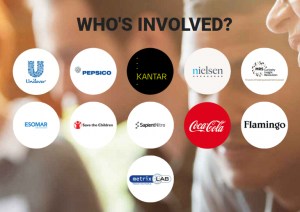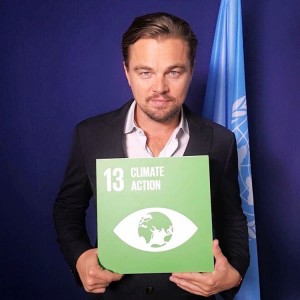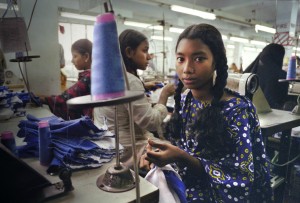Hearing the presentation about the Brew Creek Centre, I was definitely inspired by the passion and commitment of Barclay and his team on helping the environment. What really resonated with me was the clear integration between their business and being sustainable as the Brew Creek’s environmental initiatives were evident in everything they did, from their cuisine to their heating systems.
This got me thinking about how this could be an interesting blog post regarding environmental buildings and architecture. This is why I found this particular article by Gizmag that talks about sustainable houses.
What I like about these houses is that they are truly sustainable, and use a whole variety of different materials in order to make them, such as toothbrushes, DVD cases, bamboo, etc.
I’ve picked out a few of my favourites and I’ll let the following photos speak for themselves:
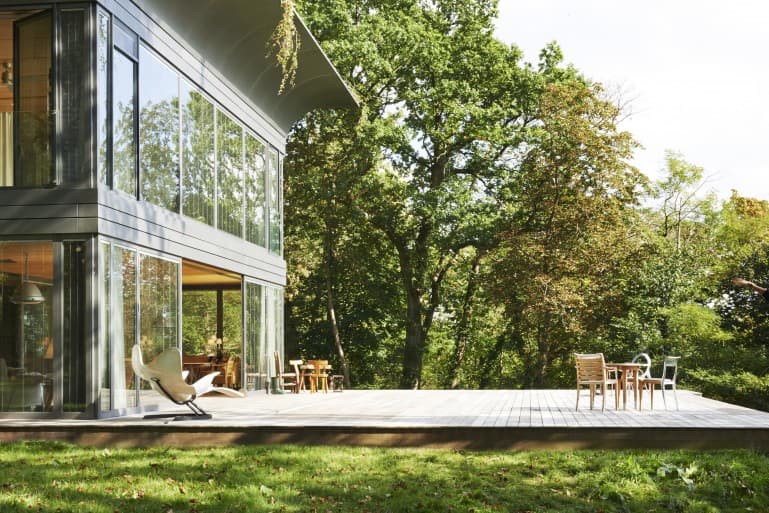
best porch ever
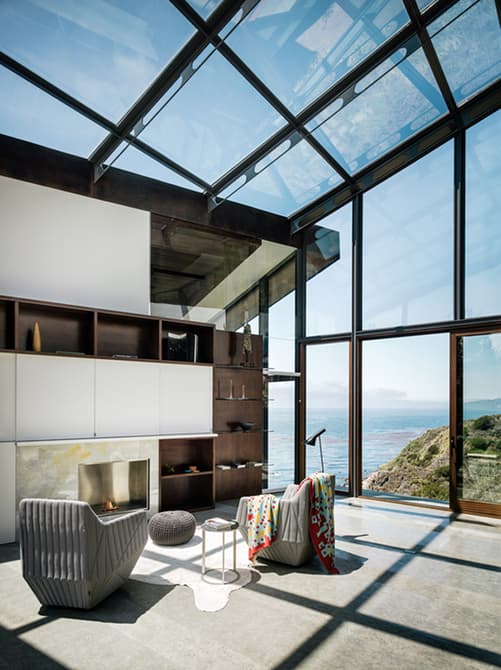
this looks like some rich Bond villain’s home
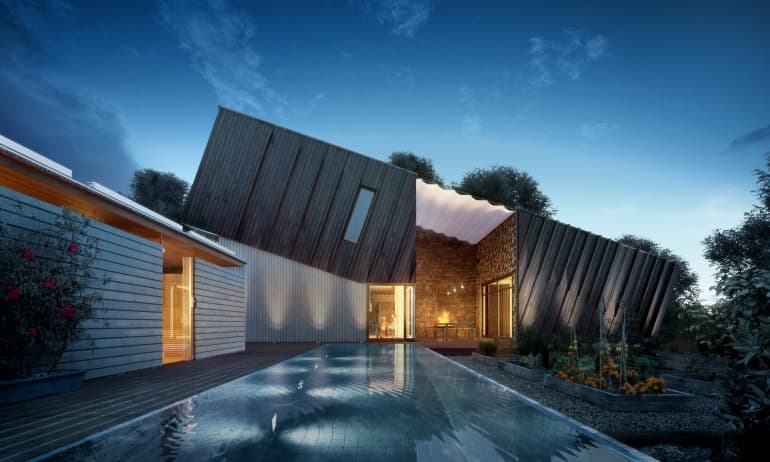
SO COOL
Connecting this back to the concept of great first, green second, I think that these houses do serve the functionality of a house despite being sustainable. I mean, just by looking at the houses, they do look aesthetically pleasing and don’t seem like some raggedy looking shack that is just concerned about being environmentally friendly. I would even argue that all of these houses look super cool and I would be happy to live in one of them compared to the plain old house that I am currently living in.
I wonder why ordinary people don’t try building one of these houses to live in. Besides the benefits of having a low environmental impact if you are environmentally conscious, I’m sure the energy efficient features and use of natural lightning can save you lots of money on your electricity bills as well.
Anyways, hopefully you liked this post and check out the other low-impact and low-cost articles by Gizmag as well. It’s quite unfortunately how we live in Vancouver, one of the greenest places in the world, and yet we don’t think about building houses like this, because these houses are cost-efficient, environmentally friendly, and amazing.
